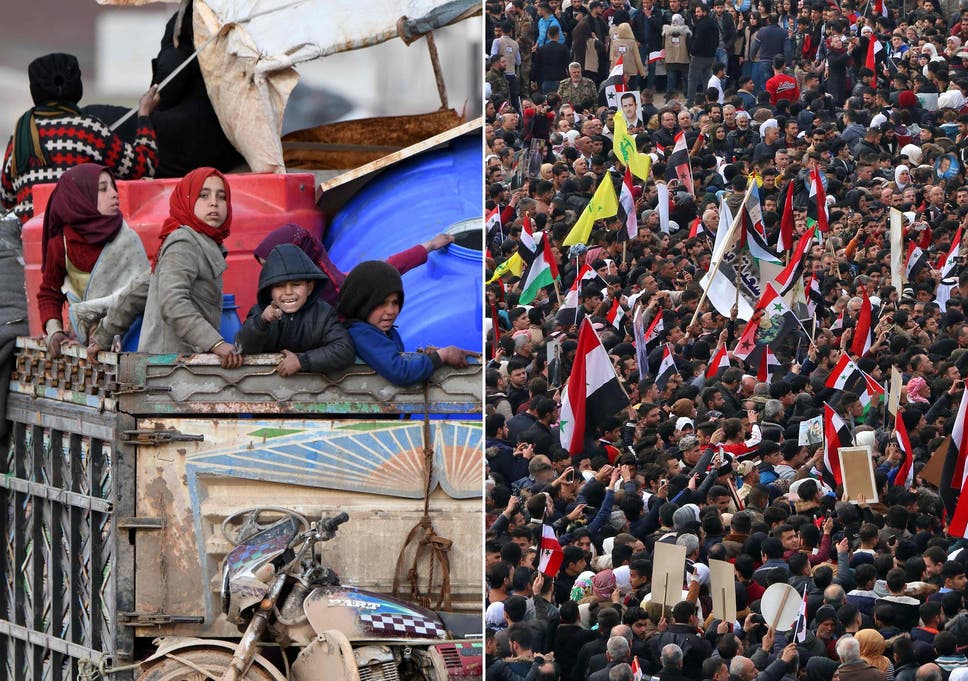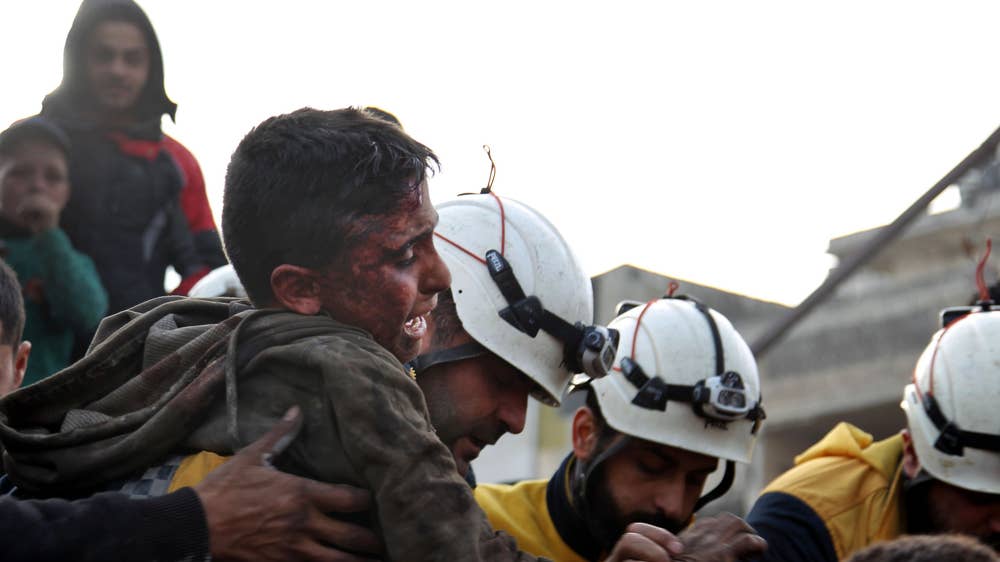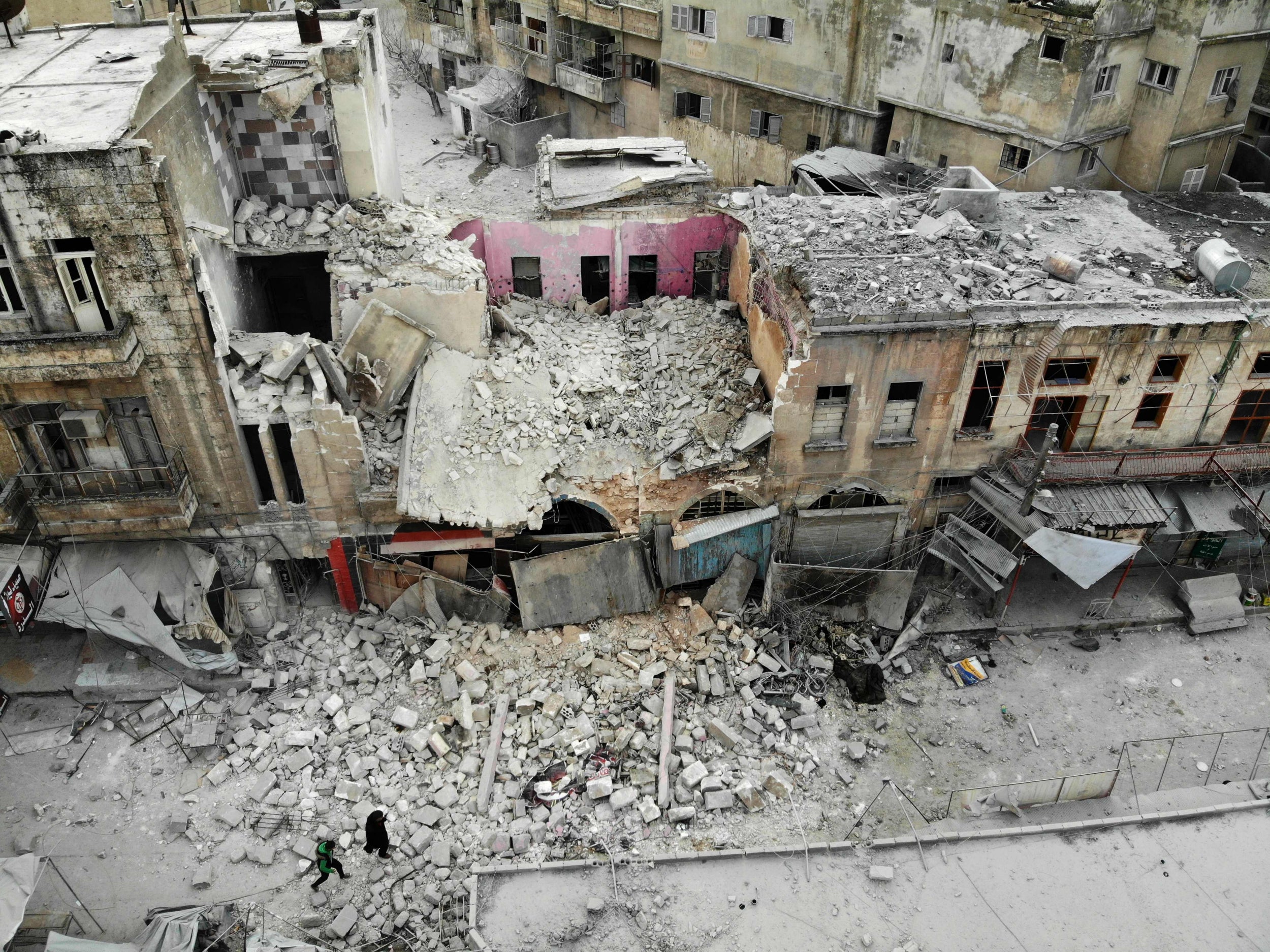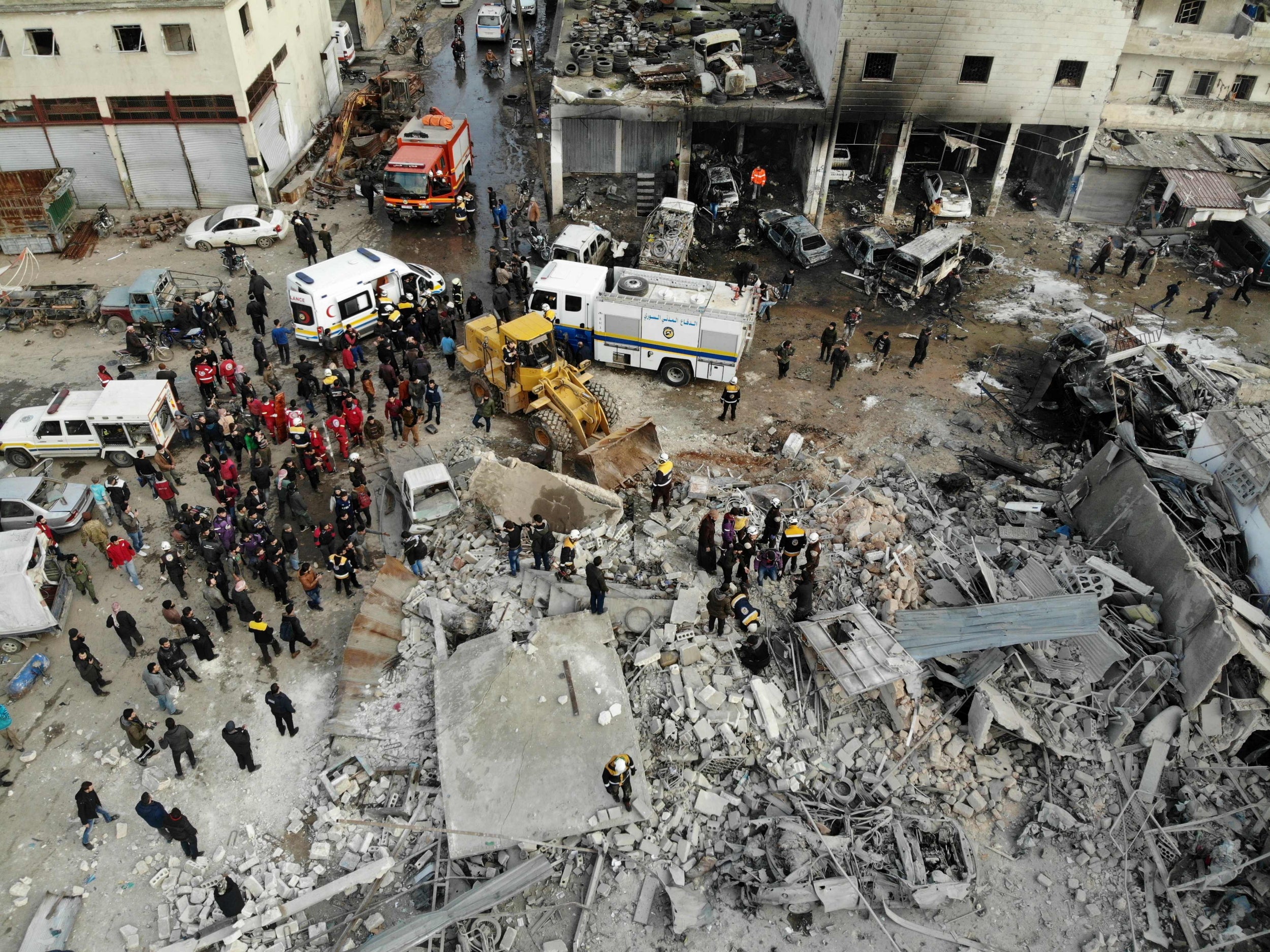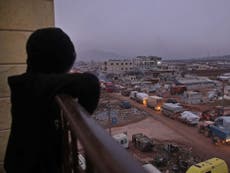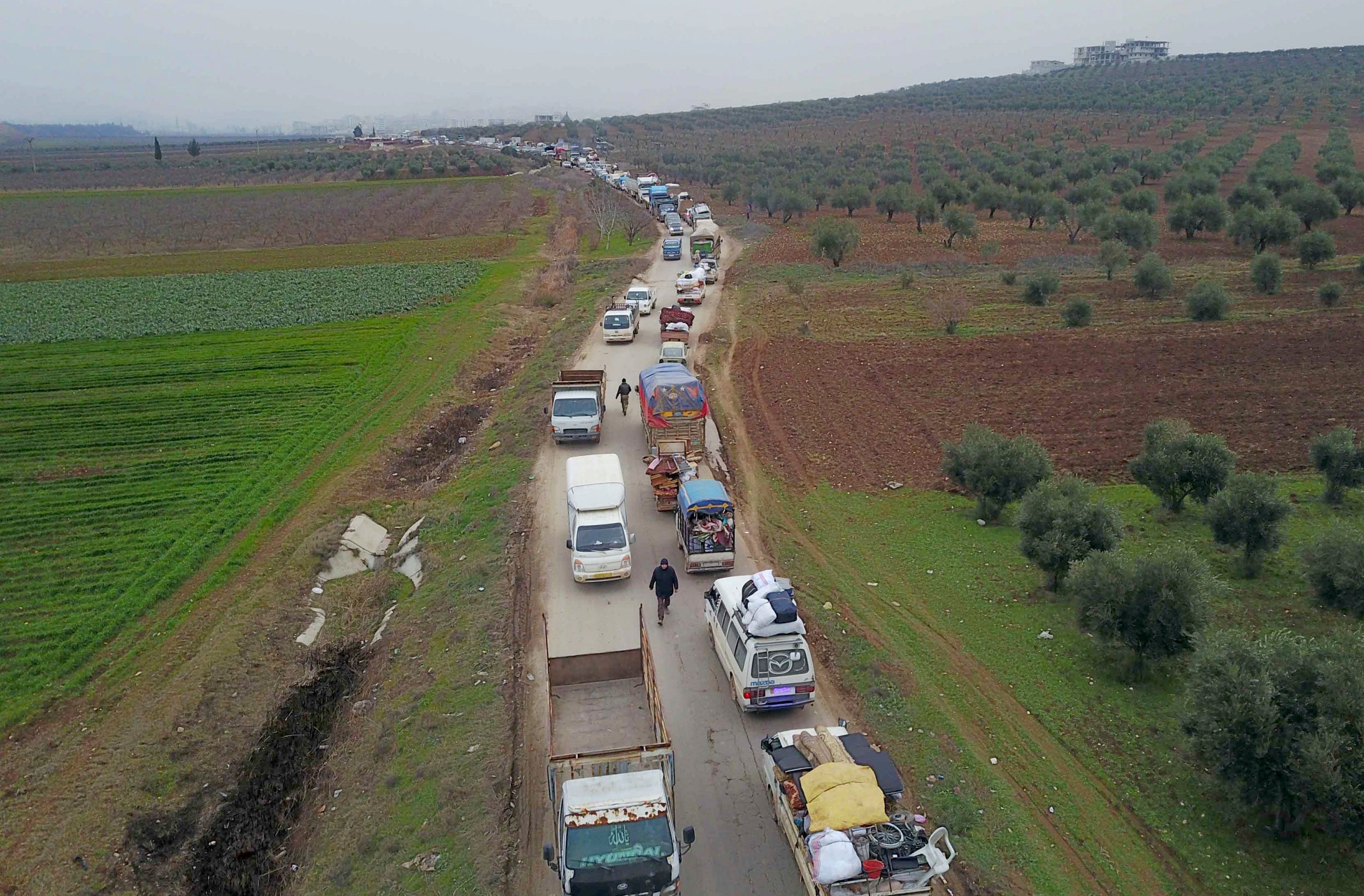Kickstarter employees successfully vote to form union
#KickstarterUnited has now been certified by the NLRB: We Are A Union!!! pic.twitter.com/l6W91lILKU— Kickstarter United (@ksr_united) February 18, 2020
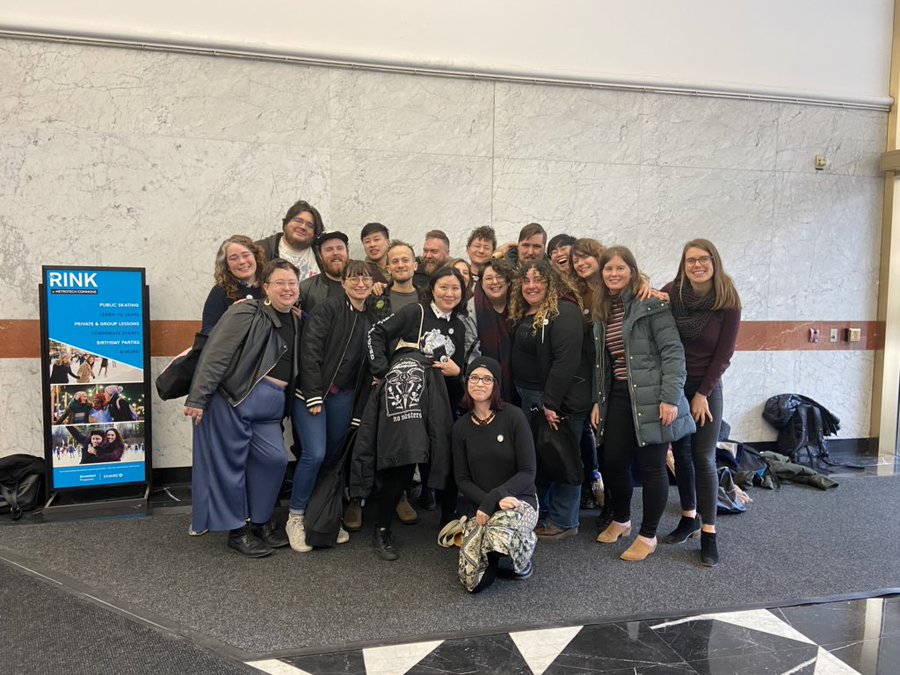
Feb. 18 (UPI) -- Kickstarter employees successfully formed a union Tuesday, becoming one of the first groups of tech employees to unionize.
The Kickstarter employee union effort, Kickstarter United, announced it voted to form a union with the Office and Professional Employees International Union certified by the National Labor Relations Board."It's been a long journey, but now the real work is ahead of us!" Kickstarter United wrote. "And to all tech and creative workers looking to fight for your rights, this is only just the beginning."
After forming an initial organizing committee, the 85 engineers, directors, analysts, designers, coordinators, customer support specialists and other Kickstarter employees chose to partner with the New York-based OPEIU Local 153.
"We believe unionizing provides a path toward furthering all of our goals," KSRU representative Oriana Leckert said. "It was truly an honor to get to have deep conversations with so many of my colleagues around these issues. Utilizing our collective power to improve our workplace and our professional lives will increase Kickstarter's ability to have a radical, positive impact on society by allowing us all to advocate for workers' rights, which is a core pillar of the fight against inequality."
Last year, Kickstarter wrote that unionization was not "the right tool" to fix the company's issues and two employees who spearheaded organizational efforts were fired, although the company said it was unrelated to the union.
Kickstarter CEO Aziz Hasan issued a statement to Mashable saying he and company leadership "support and respect" the decision to unionize.
"We've worked hard over the last decade to build a different kind of company, one that measures its success by how well it achieves its mission: helping to bring creative projects to life," said Hasan. "Our mission has been common ground for everyone here during this process and it will continue to guide us as we enter this new phase together."
 |
| https://twitter.com/DocPop/status/1229803243158429696 |








